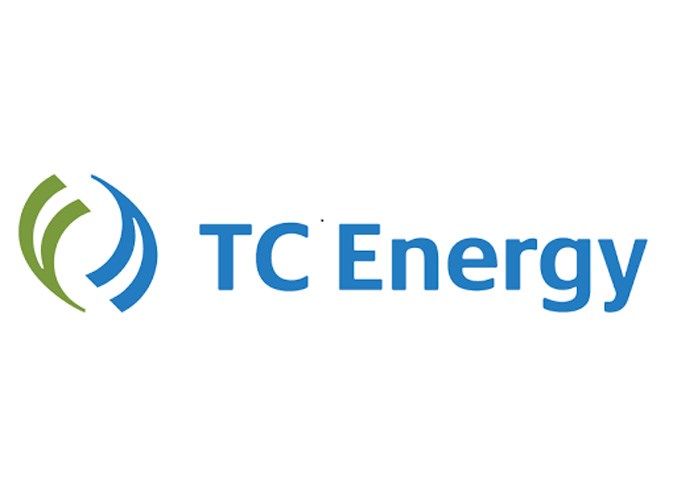TC Energy will be doubling the area’s natural gas capacity.
Formerly known as Trans Canada Pipeline, TC Energy changed their name in May in order to better reflect their presence across North America.
The Calgary-based company will be constructing a 20-kilometre 20-inch natural gas pipeline through their Saddle Lake Lateral Loop Cold Lake Section project.
The pipeline will start at the Kent Sales Meter Station located eight-km southwest of Cold Lake, tying into TC Energy’s currently existing natural gas gathering and transport system infrastructure metre. From there, it will travel 20-km east to the existing Cold Lake Border Station and Cherry Grove Metre Station.
“There’s an existing 10-inch line, so we’re looping with that pipeline, and once our pipeline goes into service, we will be decommissioning that 10-inch line and leaving it in the ground,” detailed Josh Pentland, public affairs for TC Energy. “We will also be building a new meter station at the east end and decommissioning an existing meter station in that vicinity.”
He stressed, during a presentation to Cold Lake council Oct. 22, that they won’t be decommissioning any of their infrastructure until after the new pipeline is up and running.
According to Pentland, the purpose of the project is to bring natural gas from northwest Alberta to the northeast, as well as into northwestern Saskatchewan.
“There are some developers in the Cold Lake area that can’t develop because there’s not enough natural gas,” stated Cold Lake Mayor Craig Copeland.
Pentland explained, “Currently, there’s a 10-inch pipe in the ground, so we will be doubling capacity through this area.”
In order for developers to tie-in to the new pipeline, they would have to go through TC Energy’s commercial program.
“We’re increasing gas supply to this region, if they want to tap into that gas supply, they would go through the appropriate channels that they would be aware of to ask for an increase. They would be building infrastructure that could tie-in to our line so they could pull off of it. In terms of the gas supply, we’re increasing it, so if they would like to tap into that, then that’s their prerogative,” detailed Pentland.
So far, TC Energy has submitted an application with the Canadian Energy Regulator (CER), formerly known as the National Energy Board (NEB).
Pentland said they’re hoping to have the proper approvals in place within the next few months.
Their next steps are to meet with the public to outline the project and what residents can expect.
“There can be an expected increase in noise during construction, as well as dust, and smells. This is something TC Energy has done for 65 years really well and we’re used to being able to accommodate the needs of local communities, landowners, and indigenous groups. We make every effort possible to alleviate any of those concerns, and we abide by the strictest regulations,” noted Pentland. “There will be increased traffic in the area while we have work crews on the road, however, a majority of the travel will be through daylight hours, so you can expect road safety to be a top priority.”
Although they aren’t expecting to need to build any permanent roads, they will be utilizing Crown and private lands to access the construction site.
“We do expect an expansion of 30-metre on Range Rd. 11 to accommodate the building of the meter station, as well as some temporary work space and vehicle access roads will be required,” said Pentland, adding any landowners impacted have been notified.
A portion of the pipeline route has it crossing roads, highways, and the Beaver River, a process Pentland explained in detail to council.
“One of the major crossings, and one of the more interesting ones, is the Beaver River crossing. We’re expecting to conduct a horizontal directional drill below the Beaver River, and that will be an about one-km drill underneath the Beaver River. It will go about 70-metres deep below the watershed,” he outlined. “Horizontal Directional Drilling (HDD) works as in you have a drill on one side, you drill a pilot hole through in order to get the initial hole, and then you go through that hole again to get the pipeline width, and then you pull the pipeline through, so it’s in one continuous section.”
TC Energy is hoping to have construction started in 2020 and to be in service in 2021. The pipeline is monitored by their Calgary and Houston, U.S. offices, said public affairs member Kaili Kasper.
“We do methods such as top quality steel and welding techniques when we install the pipeline, and then once it’s operational, we monitor it 24/7,” she stated. “In addition to that, we use different techniques such as aerial monitoring, walking to right-of-way, we have high technology that monitors the pipeline, so if there’s any drop in pressure, we empower any of our team to shut that down if needed.”
Pentland said throughout the project, they’re expecting a peak of 400 workers to be in the area.
“That will be various levels of labour,” he noted.
They’re also wanting to get involved in the community.
“Because this project is over a couple of years, ideally we like to be seen in the community. It’s been a while since TC Energy has built new projects in the area, so we’re excited to be here and we would like to be able to support wherever necessary,” stated Pentland.
The company has a tentative open house scheduled in Cold Lake Nov. 20 at the Lakeland Inn.
“At that open house we will have the entire project team there so it will be a great opportunity to ask questions of our project manager, environment, indigenous, and land folks. They will have a lot of detail to provide to you.”



